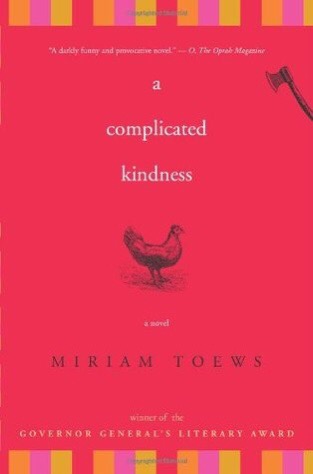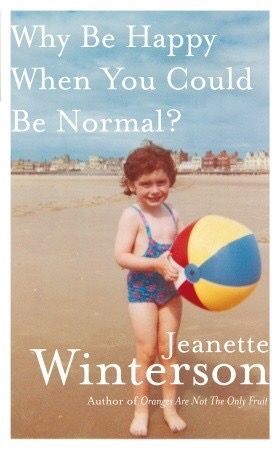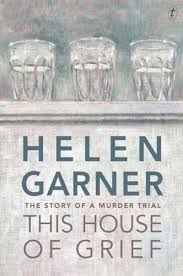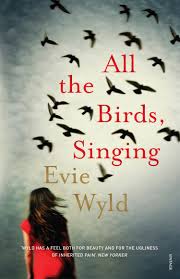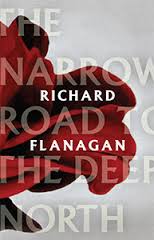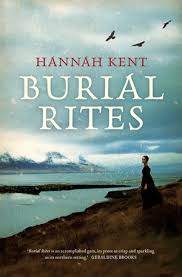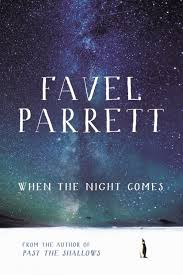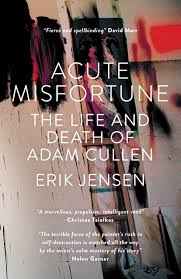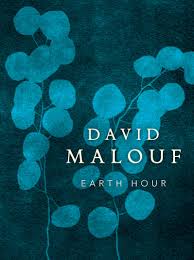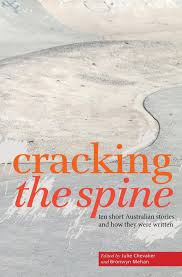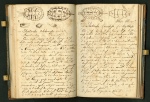
The word ‘planet’ is derived from the Greek word for ‘wanderer’. Greek astronomers thought the planets were inexplicable celestial bodies wandering through space against a background of fixed-point stars. Their movements did not conform to the astronomers’ mathematical predictions. Equations could not describe them. They were unknowable.In Meg Howrey’s novel, a crew of world-class astronauts — Helen, Yoshi and Sergei — is on a simulated training mission in the Utah desert. Prime Space, a private aerospace exploration company, is preparing them for the first crewed mission to Mars. The elite, hand-picked crew are the wanderers, gazed upon from afar by Mission Control, the public and their families.
The astronauts are highly experienced, having served on previous missions and on board the International Space Station. And while their careers are mostly spent in training, it is the seduction of space travel that motivates them. The moment of leaving the Earth behind is their calling, their addiction:
Microgravity is the heroin, the God, the unrequited love, of astronauts. Nothing feels as good or does more damage.
Helen Kane is one of NASA’s finest, a recently retired astronaut and a choice pick for the Prime Space Eidolon mission. At 53 years old, this is her last shot at space travel. Should the crew be successful in this mission, they will journey to Mars and become the first humans to visit the red planet. For Helen it would be the pinnacle of an already decorated space career:
It is not anyone’s fault, or responsibility, that the best of her exists in space, that she knows she’s at the height of her powers, that if she doesn’t go back up, then she has run out of road before she has run out of breath. And how many years left on Earth for her? Consigned to a lesser version of herself on a planet that had also seen better days. Cast out from heaven into a melting Eden.
Joining Helen is Sergei, a Russian cosmonaut recently divorced from his wife, and Yoshi, a married but childless Japanese astronaut. Prime Space has selected this crew for their individual skills and strengths, as well as their compatibility as a team. During their 17 months in the Utah desert the simulation puts Helen, Yoshi and Sergei through their paces to determine if they are resilient enough to send on a real mission to Mars. Life on a Mars mission, even a simulated one, is full of challenges. The crew face compromises around their personal space, exercise, food and hygiene. The astronauts are being prepared and tested:
Who are these people that can withstand such a trip, the danger, the risk, the isolation, the pressure? What can these people teach us?
Aside from the physical constraints they are bound by, the crew also endures the extended psychological and emotional toll of being away from their families and from Earth. An infinite loneliness stretches out across this novel. Howrey asks if we are alone in the universe. In a space novel, you might expect that question to focus on the possibilities for carbon-based life on another planet. But it is a deeper question that concerns Howrey. In the vast, winding space of the human condition, are our connections to each other elliptical?
While the novel is marketed as science fiction, it is science-lite, and is more comfortably characterised as literary fiction. This is no space blockbuster. It is an introspective, character-driven novel. At the heart of the book lie not aliens and spacecraft, but Howrey’s exploration of the relationships of the crew to each other as well as their relationship to their families. There is a great distance between the crew and their family members, exacerbated by their months away in the training program. Howrey explores this distance and juxtaposes the restraint and control of the Mars simulation against the chaos happening in the lives of the families back on Earth.
The astronauts are heroes; feted and celebrated pioneers who overshadow their family members. Helen, Yoshi and Sergei’s relatives languish in their glittering wake, struggling to define their own identities. Yoshi’s wife Madoka is experimenting with assuming different personas. Sergei’s teenage son, Dmitri, lies and deceives while coming to terms with his homosexuality. Helen’s daughter Mireille takes on chameleon-like turns by acting in video games. They are each simulating their lives on Earth, while the crew simulates their lives on Mars/Utah.
Helen speculates that one of the reasons she has been chosen as the sole female member of the crew is because her age puts her beyond sexual desirability. She assumes a maternal role and acts as a barometer for the moods of Yoshi and Sergei. Helen watches for signals of disquiet. She reads the subtext that hangs heavy in the manufactured air between them:
They are all in extreme close-up; one notices the appearance of a new eyebrow hair. And yet they must communicate as if they are not noticing this. They must protect themselves, from Prime, from one another, from whatever parts of themselves they are grasping in the dark.
Helen’s role as mother figure juxtaposes her actual maternal relationship with her daughter Mireille (Meeps). The relationship between Helen and Mireille is Howrey’s central study. Helen loves space travel and she loves her daughter and this conflict pulls at her:
I wanted to go to space more than I wanted to be your mother. That’s true. If you had ever been to space, you’d understand. It’s not true. They are different things. Nothing is comparable to another thing.
In many ways, Helen’s choices are not that different from the choices any mother makes between her children and other competing priorities, but her work means many months away and the lingering shadow of death:
Awareness of imminent possible death is not without beneficial properties. Risk of annihilation can be a key ingredient, like baking soda. A teaspoon or so is sufficient to make all the other components rise up in glory, but without it? No cake. For some, the edge of death is the only place to find love of life.
The environment is fabricated and governed by rules, precision and machines. Mission Control watches over and records every aspect of the astronauts’ lives, listens in on their conversations, simulates disasters and analyses their reactions. The crew are all engineers because things will break and need to be fixed. Helen, Sergei and Yoshi are all studies in emotional restraint; personalities that are controlled and clinical. Howrey’s economy of language is as restrained as the astronauts’ emotions. But an undertow of anxiety pulls at them and paranoia lurks quietly in the background. For it is not only machinery that can break, but also people.
Throughout the novel Howrey builds the expectation that the astronauts will crack, and delicately anchors their relationship to reality. They are vulnerable and she dares them to drift:
There is too much time, too much space. They must remember their names, their countries, their languages, their sexes, their bodies. They must remember where they are, where they came from, where they are going.
Howrey challenges us to question what is real and what is unreal, and whether the distinction matters. There is a deep lament within these pages: for love, for Earth and for the great distances between us, best summed up by Helen:
Helen has a flash, a memory, of holding her infant daughter against her bare chest, of Meeps’s skin, which she once knew so well. It is appalling to think of the distance between her body and her daughter’s body. And how they will never know each other’s bodies again. Helen is filled with an animal urge to feel her daughter’s skin again, and for her daughter to touch her as if she is a thing that is known, as if she is a body that is loved.
Perhaps like the planets, we are all essentially unknowable. In this subtle and finely measured novel, Howrey casts us into the infinite reaches of the universe to ponder our aloneness.
Meg Howrey The Wanderers Simon and Schuster 2017 PB 384pp $32.99
This review was originally published in Newtown Review of Books.



